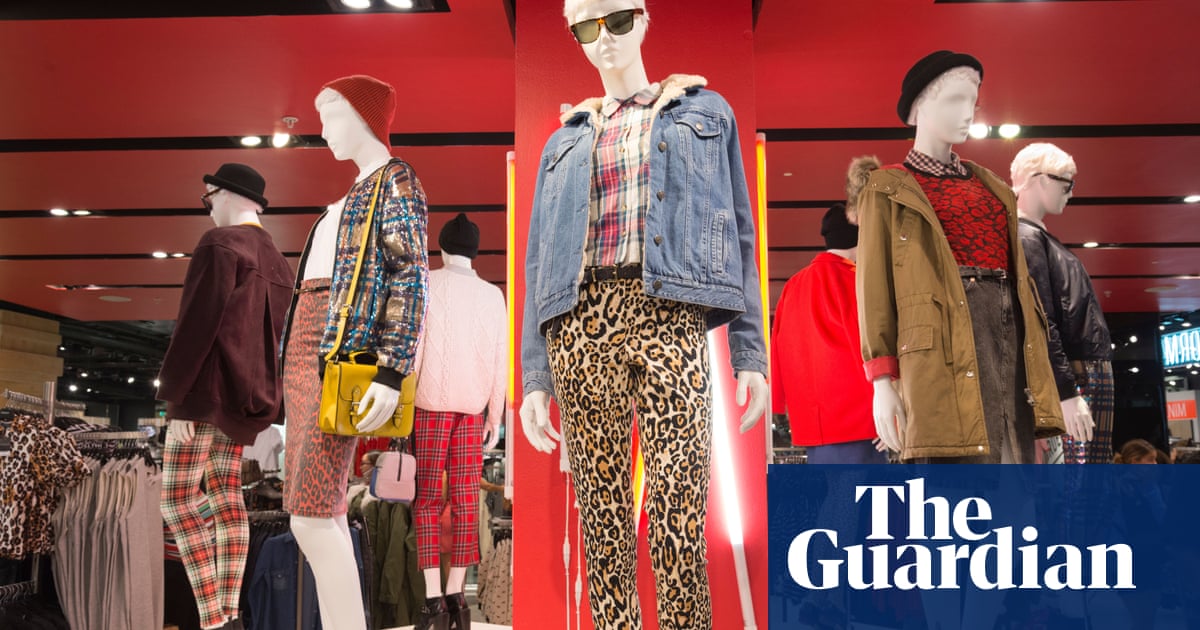A fashion industry push to reduce the environmental impact of the clothing it sells is being undermined by an ongoing addiction to buying new clothes, with the average Briton buying 28 items every year.
Asos and Primark are among the big names signed up to Wrap’s voluntary environmental pact, Textiles 2030.
While the companies involved have managed to reduce both the carbon intensity and volume of water per tonne used in their clothing manufacture, in its annual progress report, published today, the climate action NGO warns of hard-won gains being “cancelled out” because clothing production is “spiralling upwards”.
The whole point of the fashion industry is to constantly change what is fashionable and in style so people will buy new shit and throw out the stuff they purchased only recently.
Expecting an industry to agree to destroy their own business model is a fools game.
the average Briton buying 28 items every year
What!?! I think I buy one or two shirts, a pair of jeans and a pack of socks+underwear every year. TF is wrong with people.
Out of the 5 pants I’ve bought in the last 4 years or so, only one still didn’t rip. I have new shirts with holes in them while I still have 20-year old clothes that are still fine. Is it the consumer’s fault that quality is so shit now it has to be replaced? (Although 28 pieces on average is totally excessive wtf)
This is the best summary I could come up with:
Asos and Primark are among the big names signed up to Wrap’s voluntary environmental pact, Textiles 2030.
While the companies involved have managed to reduce both the carbon intensity and volume of water per tonne used in their clothing manufacture, in its annual progress report, published today, the climate action NGO warns of hard-won gains being “cancelled out” because clothing production is “spiralling upwards”.
The increased production rates meant overall water use actually rose by 8% over the period, while the carbon reduction figure stood at just 2%.
You can donate, sell or give clothes away – it all helps them move around the economy and reduce the amount produced.”
On a positive note, the report revealed that increased use of recycled polyester and polyamide had helped reduce the amount of fabric made from virgin materials.
With more brands and retailers operating take-back schemes, the volume of used textiles collected and sold for reuse or recycling between 2019 and 2022 had doubled, it said.
The original article contains 474 words, the summary contains 164 words. Saved 65%. I’m a bot and I’m open source!





